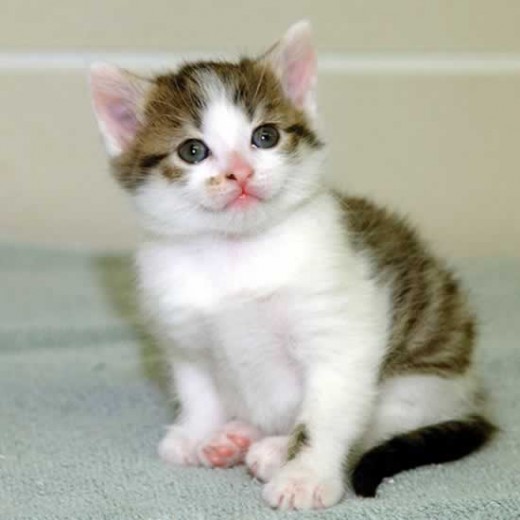Cloning Predated Man and His Technology







It's true, cloning is one of the oldest reproductive mechanisms on earth. Why we should feel so special for trying to master this technique (and really only being somewhat successful,) I don't really know. The truth is the first living creatures on earth were rampant cloning machines.
The dictionary describes cloning as, "a cell, cell product, or organism that is genetically identical to the unit or individual from which it was derived."
The first known life on this planet date back to microbes whose fossils we've found and continue to find. These fossils date back to 3.65-3.85 billions years ago and suggest that life was already flourishing at this time. We may never know why or how life got here but we do know from modern specimens that these microbes were great at cloning. Whenever more needed to be born an adult microbe would simply split in two and those two halves would mature, each with identical DNA, and start the process over again. In a stable and unchanging environment this process could go on uninterrupted for eternity. In fact this is perfect cloning... until some piece of DNA gets produced slightly differently before the organism divides, creating two separate and genetically different (though intensely similar) animals. You can see now why microorganisms were the only living things on the planet for so long. Change came slowly.
Not to fear, when multi-celled organisms evolved they still retained the ability to clone themselves through budding. They'd essentially grow another version of themselves on their own bodies until it was mature enough to float off on it's own. Sometimes it was also possible for another creature to grow from a torn limb or some other body part that found itself orphaned.
Today this form of reproduction is still found in sea creatures such as jellyfish.
We don't see another step of progress in cloning until complex animals arrive. These complex animals usually evolved to exclusively reproduce through sexual means but occasionally you'll find a throw-back to the days of cloning. This can be seen in some insects like an ant species by the name of Pristomyrmex pungens who has no males left in existence. They instead lay eggs that are clones of themselves, all females.
This form of all-female reproduction called parthenogenesis, can also be seen prevalently in Cnemidophorus uniparens, a type of whiptail lizard who also has no males in it's entire species. Other reptiles have retained the ability to clone themselves when males aren't available. This has been recorded in a number of snakes in the laboratory and zookeepers at the Chester Zoo in England were a bit shocked when their female komodo dragon started laying fertile eggs without a male present.
Man started to tinker with nature in the 1800's with the domestication of the lab rat. Lab rats were likely the first natural clones man ever made and they were nearly perfect, 99.9% similar to their parents. The shocking part of this story is that this was achieved in the 1920's! How? You ask, well that's easy. The people running these labs decided to make specific strains of lab rats so the started to severely inbreed the rats, brother to sister, for 300+ generations. This created natural mammalian clones, with genetic diversity essentially killed for the purpose of eliminating any contaminating factors in studies. These strains of lab rats have proved immensely important and new strains are continuously being developed in the same way. This all being said few people realize man had mastered cloning (more effectively) in the 1920's with good old fashioned breeding then today with the help of millions of dollars worth of technology.
Today scientists have developed a new form of cloning which involves removing the nucleus of an egg and replacing it with another nucleus before encouraging it to divide and create an embryo. This practice is not perfect cloning though as the resulting animal is not 100% identical to the donor animal, in fact the naturally bred lab rats are more similar to each other then these clones.
I don't think cloning will ever be truly extinct nor do I think that new forms of cloning will ever stop being created. It's an interesting look into the forms and functions of life on this planet and as with anything else, it has it's place and always will.
For more articles by Theophanes:
Jurassic Chicken: The Resurrection of Dinosaurs
What is the Theory of Dinosaur to Bird Evolution
Four-Winged Dinosaur Enters Debate Over the Evolution of Flight
The Strangest Cambrian Creatures Ever Discovered
Olms: Europe's Living Baby Dragons
Five American Birds that have gone Extinct in the Past 100 Years

More from this Author:
Blogs:
Catching Marbles - A New England based travel blog
Tales from the Birdello - For all homesteading and farming matters
Deranged Thoughts from a Cluttered Mind - For funny personal anecdotes
FaceBook:








